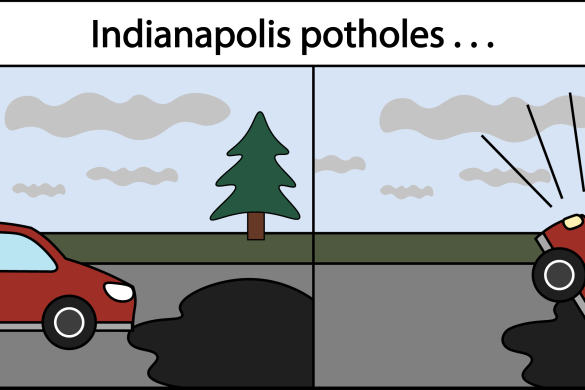It has always disappointed me to see the Supplemental Nutrition Assistance Program being used as a political chess piece to gain voters for both sides of the aisle who vow to uphold or cut its benefits. That is especially true at the moment.
According to gettingfoodstamps.org, the technical definition of food stamps is that they are coupons or benefits given to low-income recipients each month on a plastic card (called an EBT, or electronic benefits transfer card) that works like a debit card. These benefits used to be printed on paper coupons, which is why they are called “food stamps,” and they are usable at grocery stores, convenience stores, farmers’ markets, etc. SNAP is an entitlement program, which means that anyone who is eligible receives benefits. As reported by snaptohealth.org, 45.4 million Americans received SNAP benefits as of 2016.
Recently, the program has been thrust into the news cycle again because of the Trump Administration’s budget proposed slashing of SNAP by $17 billion in 2019. As compensation, White House Budget Director Mick Mulvaney offered a replacement to the SNAP program. Mulvaney explained that the idea of the new Harvest Box program would be for low-income families to “receive the food instead of receive the cash,” according to the Washington Post. He claimed that the program would be comparable to a Blue Apron-type program in which meals are shipped in boxes to the houses of participants.
The proposal is intriguing. Perhaps the new system would ensure that nutritional needs are better met, federal money is more efficiently allocated or rural families who do not live near grocery stores are better accommodated. The Harvest Box idea, however, is only defensible in theory.
For example, the issue of how those with specific dietary needs, such as diabetes or allergies, must be addressed. In areas where shipments can take weeks to arrive, recipients could be left without their primary food source. Most important of all is the question of where this food would be cooked, packaged and shipped. To implement this plan would be to create a government-operated company in and of itself, requiring labor, trucks and factories across the country.
By the time the system would be functional, it would be burdensome and expensive beyond any of its potential benefits. It would also cut into the private sector, where corporations such as Walmart and Kroger rely on SNAP participants shopping at their supermarkets. The proposed program would be expensive and complicated, and seemingly sprung out of nowhere.
SNAP is a controversial program, and the main criticism against it is abuse of the system, in various forms. Like many anti-welfare opinions, the idea that SNAP is a wasteful program for lazy people is based on ignorance. The Center on Budget and Policy Priorities debunks most myths about food stamp fraud in its 2015 report. According to the report, SNAP has responded to the end of the recession and is actually shrinking in size, not growing. Additionally, SNAP actually encourages users to work; of family households with a working age, non-disabled adult, 62 percent work while receiving SNAP and 87 percent work in the prior or subsequent year. The low wages of their jobs are compensated, not replaced, by SNAP benefits. SNAP provides much-needed assistant to vulnerable populations, and two in five families who use SNAP live below the poverty line.
Common decency, however, does not rely on statistics. Those who sit in Congress and reside in the White House cannot understand the lives of people who use food stamps, and their heightened socioeconomic status makes them insensitive to those people’s needs. It is not a crime to be insensitive to circumstances not personally experienced, that is true, but it is unacceptable to dictate terms to people in harsh circumstances without considering their point of view. A revision of SNAP is overdue, but it is vital that the replacement or modification be a well-planned and efficient strategy — not one abrupt suggestion that lacks any appealing methods of implementation.
According to The Washington Post, the move could affect an estimated 16.2 million U.S. households, although it would require Congressional approval to pass in the first place. Perhaps if the administration and lawmakers spoke to people who rely on SNAP, rather than pandering to a base notoriously critical of welfare, a more productive and well-thought-out conclusion could be reached than a wholesale overthrow of the current system that would require massive resources and funding. Perhaps a more effective nutrition program for America’s poor is on the horizon, but this certainly is not it. As for now, the future of food stamps hangs in the balance — and, consequently, the families who rely on them.







